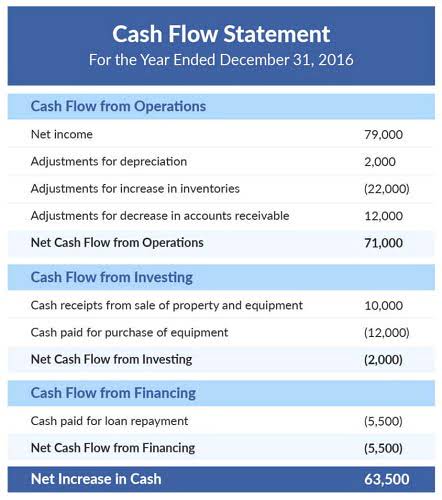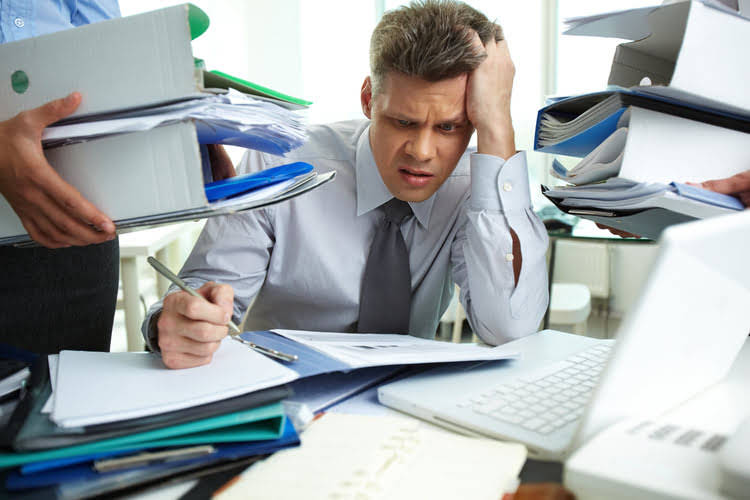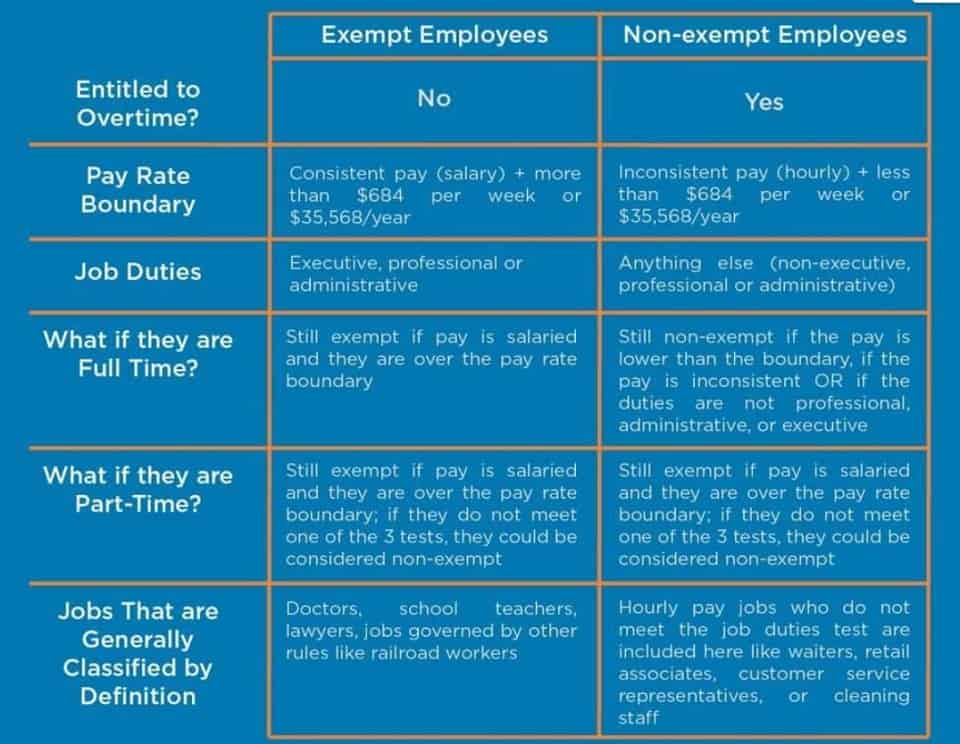
When this is combined with the debit balance of $115,000 in the asset account Fixtures, the book value of the fixtures will be $5,000 (which is equal to the estimated salvage value). A significant change in the estimated salvage value or estimated useful life will be reported in the current and remaining accounting years of the asset’s useful life. The balance in the Equipment account will be reported on the company’s balance sheet under the asset heading property, plant and equipment. The assets to be depreciated are initially recorded in the accounting records at their cost. Cost is defined as all costs that were necessary to get the asset in place and ready for use.

Pros of the Double Declining Balance Method
It’s ideal for machinery and vehicles where wear and tear are more closely linked to how much they’re used rather than time alone. Calculate it by dividing the total cost minus salvage value by the estimated total units the asset will produce or hours it will operate over its life. Multiply this rate by the actual units produced or hours operated each year to get your depreciation expense. With DDB, you depreciate the asset at double the annual rate you would with the straight-line method.

Accounts Receivable Solutions

Companies will Interior Design Bookkeeping typically keep two sets of books (two sets of financial statements) – one for tax filings, and one for investors. Companies can (and do) use different depreciation methods for each set of books. To calculate the depreciation expense of subsequent periods, we need to apply the depreciation rate to the laptop’s carrying value at the start of each accounting period of its life.
How Depreciation is Calculated
First, the straight-line depreciation rate is determined by dividing 100% by the asset’s useful life. For example, an asset with a five-year useful life has a straight-line rate of 20%. This rate is then doubled to produce the double declining rate, which, in this case, would be 40%. On the other hand, with the double declining balance depreciation method, you write off a large depreciation expense in the early years, right after you’ve purchased an asset, and less each year after that.


Doing some market research, you find you can sell your five year old ice cream truck for about $12,000—that’s the salvage value. Our team is ready to learn about your business and guide you to the right solution. Bench simplifies your small business accounting by combining intuitive software that automates the busywork with real, professional human support. We take monthly bookkeeping off your plate and deliver you your financial statements by the 15th or 20th of each month. In many countries, the Double Declining Balance Method is accepted for tax purposes. However, it is crucial to note that tax regulations can vary from one jurisdiction to another.
This means that the amount of depreciation in the earlier years of an asset’s life is greater than the straight-line amount, but will be less in the later years. In total the amount of depreciation over the life of the asset will be the same as straight-line depreciation. The difference between accelerated and straight-line is the timing of the depreciation.
Microsoft® Excel® Functions Equivalent: DDB
In the case of an asset with a 10-year useful life, the depreciation expense in the first full year of the what are retained earnings asset’s life will be 10/55 times the asset’s depreciable cost. The depreciation for the 2nd year will be 9/55 times the asset’s depreciable cost. This pattern will continue and the depreciation for the 10th year will be 1/55 times the asset’s depreciable cost.
A double-declining balance method is a form of an accelerated depreciation method in which the asset value is depreciated at twice the rate it is done in the straight-line method. Since the depreciation is done at a faster rate (twice, to be precise) than the straight-line method, it is called accelerated depreciation. Where you subtract the salvage value of an asset from its original cost and divide the resulting number– the asset’s depreciable base– by the number of years in its useful life. Straight line is the most common method of depreciation, due mainly to its simplicity. Generally Accepted Accounting Principles (GAAP) allow for various depreciation methods, including DDB, as long as they provide a systematic and rational allocation of the cost of an asset over its useful life. The DDB method contrasts sharply with the straight-line method, where the depreciation expense is evenly spread over the asset’s useful life.
- The balance in the Equipment account will be reported on the company’s balance sheet under the asset heading property, plant and equipment.
- This method helps businesses save on taxes early on by showing higher expenses in the first few years.
- Multiply this rate by the actual units produced or hours operated each year to get your depreciation expense.
- First, calculate the straight-line depreciation rate by dividing 100% by the asset’s useful life.
- On the other hand, if an expenditure expands or improves an asset’s capabilities, the amount is not reported as an expense.
Example of a Change in the Estimated Useful Life of an Asset
- Alternatively, the specific month convention can be utilized for a more detailed approach.
- You should consider our materials to be an introduction to selected accounting and bookkeeping topics (with complexities likely omitted).
- Cost of Goods Sold is a general ledger account under the perpetual inventory system.
- As the above chart illustrates, Depreciation Expense received the debit and Accumlated Depreciation received the credit.
- We will illustrate the details of depreciation, and specifically the straight-line depreciation method, with the following example.
The double-declining-balance method is also used for tax considerations in the early years and balancing asset maintenance costs in later years. The double declining balance depreciation double declining depreciation method shifts a company’s tax liability to later years when the bulk of the depreciation has been written off. The company will have less depreciation expense, resulting in a higher net income, and higher taxes paid.



